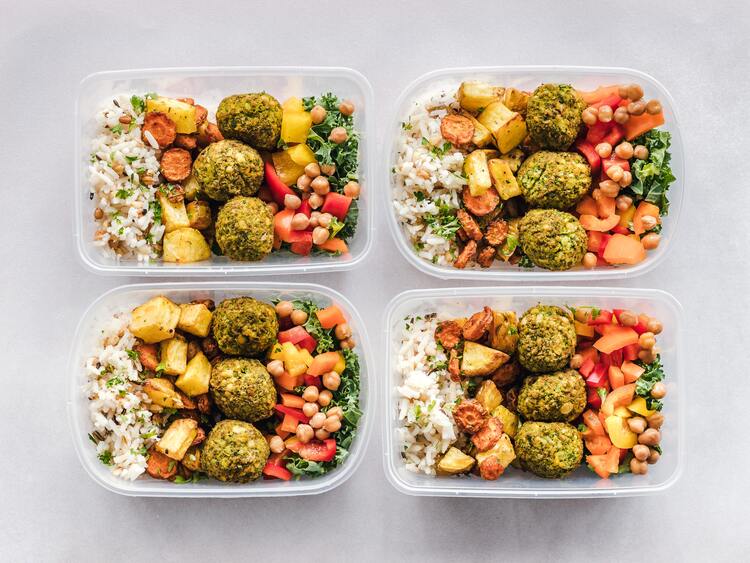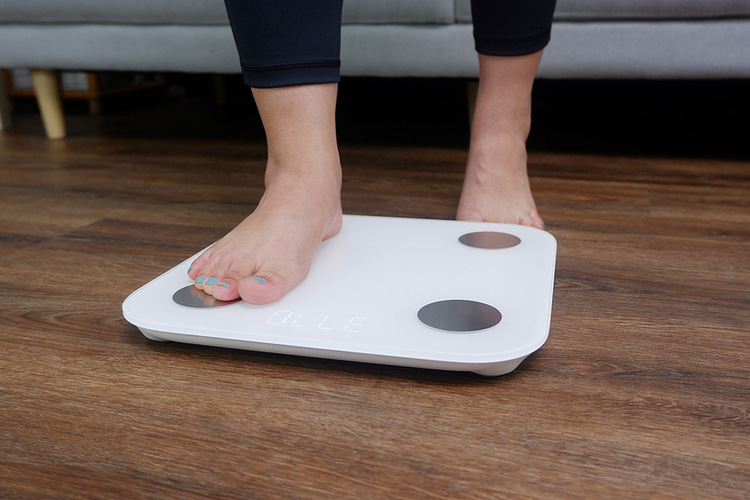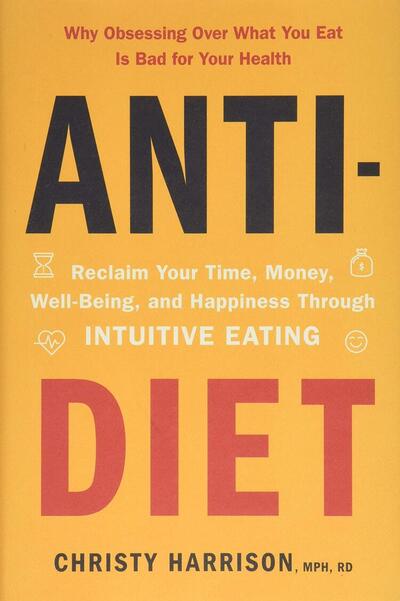|
Getting your Trinity Audio player ready...
|
One of the most common excuses I hear for not eating healthy is the cost. With the sky-high prices of produce and healthy takeout options, I can certainly see why. However, healthy eating on a budget isn’t completely impossible. With the right strategy, budgeting food can be easy and delicious, too.
In this post, I’ll explain how to spend less on groceries, meal prep to save money, and share some ideas for cheap and easy meals.
Healthy Eating on a Budget
Yes, eating on a budget does take a bit of planning at first, but it’s easy once you get into it. The hardest part is the initial change from your current habits to your new ones. In reality, we make unhealthy choices because it’s cheap, convenient and because the food is made to be addictive. We also get into the habit of buying the same items, and habits take time to break.
You can’t change the fact that sugary, salty, and highly-processed foods are addictive. However, you can make it so healthy choices become convenient and inexpensive. That way, you can be prepared to make healthy meals for yourself and your family without countless hours of prepping meals or grocery shopping.
To start budgeting food, first, take note of your current budget. Go back through your bank records and add everything you spent over the last month on food alone. This includes grocery trips, coffee runs, takeout, and sit-down restaurants. Was the number more than what you expected? I used to binge eat, and for me, it certainly was.
Now that you know your budget for buying food, you can plan your healthy eating accordingly. Since I stopped binge eating, I could easily make my budget $100 per week, or $450 each month. This included everything from groceries to restaurants. When I still had money left at the end of the week, I rolled it over to the next.
The first few weeks of following this budget will be harder because you’re stocking up on healthy foods you don’t usually eat. Luckily, you’ll soon find yourself spending less each week as you only need to top up what’s getting low. Over time, you’ll get a feel for how much you can afford to eat out without going over budget.
A Note for Binge Eaters
Is saving money on food harder for you because you binge eat? I have the perfect book to recommend! The Binge Code by Alison Kerr teaches you how to stop overeating. It offers techniques to stop binges from happening by making binge cravings disappear.
If you haven’t read The Binge Code yet, you really should! Learn how to stop being a slave to food and finally have food freedom. For more information on what the book teaches, I wrote a complete review of it here.
Click below for quick links to the book on Amazon!
Easy Ways to Spend Less on Groceries
Finding ways to spend less on groceries will keep you from using cost as an excuse. Most people know to look through flyers for sales, find coupons, and compare prices. However, there are a few less obvious things you can do.
Start by swapping out name-brand items for store brands and fresh produce for frozen or canned. This will save money and reduce food waste if you can’t use something right away. If fruits or veggies are in season, buying them fresh at a farmers’ market can cut costs. Also, it’s alright to skip organic to save money. “Organic” doesn’t always mean healthier.
Before shopping, create a list of what you need and stick to it. Don’t buy anything else unless you plan on using it, even if it’s on sale. This will keep you from buying items that spoil before they get used. Also, don’t shop while you’re hungry because it leads to impulse buys. Planning one large grocery trip for the week will keep you from overspending and save gas as well.
You can easily buy beans, nuts, peanut butter, oats, granola, etc. in bulk to save money. Target the most expensive items and find a place to buy them in large quantities. If a membership fits into your budget, check out wholesale stores like Costco, where you have the potential to save money if you buy a lot.
If you drink bottled water, invest in a water filter. Also, make sure you drink lots of water. It can keep you from overeating, which will trim your food bill.
Lastly, cut back on your meat consumption. Fish, poultry, and red meat are typically more expensive than eggs, beans, peanut butter, or cottage cheese. The cheaper options are still packed with protein!
Budgeting Food Using Meal Prep
I swear by meal planning and prepping because of its ability to make healthy eating convenient and cost-effective. When you plan your meals for the week, you know exactly what you need to buy and always have meals ready to go. You never buy food that doesn’t get used, keeping your food waste to a minimum.
To start meal planning, take 15 minutes to sit down and plan your meals and snacks for the week. Don’t forget to check flyers and coupons for deals on items you often use. If you buy your food on sale or in bulk, meal prepping can be very cheap.
Go through the food you have left in your fridge to see if there’s anything that you need to use up before it spoils. Use what you have on hand before buying new items. It’s easy to use leftovers or unused produce in a soup, smoothie, or stew. Any extra can be portioned and frozen or kept in the fridge for a couple of days.
Once you’ve been doing it for a bit, meal prepping can be done in a fairly short amount of time. Take a couple of hours on Sunday (or whenever’s convenient for you) to make all your ingredients into meals for the week. Cook all your meals in batches and portion them out into containers so you can easily grab them when you need to.
Cut up your fruits and veggies for snacks and keep them handy for when you get hungry between meals. You can keep other healthy treats like nuts and homemade granola bars in containers or snack bags in the pantry. Make sure you put them in the front where you’ll see them, so they’re the first thing you reach for.

Cheap Easy Meals for Eating on a Budget
Keeping a list of cheap and easy meals to use will make your meal planning faster. Here are a few healthy ideas for you:
- Frozen chicken strips with sautéed frozen string beans and whole grain rice.
- Fruit salad made with fresh, in-season fruit.
- Soup or stew made with any leftover meat and veggies. For more protein, throw in some beans.
- Cottage cheese or Greek yogurt with some frozen fruit thrown on top.
- Healthy meatloaf made with leftover turkey.
- Meatless shepherd’s pie (here’s one with chickpeas and lentils!).
- Mini crustless quiches with leftover veggies thrown in.
- Stir-fries made with unused meat and veggies.
Tips for Eating Out on a Budget
If you can work it into your budget, you should definitely make sure you visit your favorite restaurants from time to time. Sticking to a healthy eating plan won’t work if you deprive yourself of the foods you love most. However, there are smarter ways to eat out that are healthier and budget-friendly.
First, check out the menu of the place you plan on visiting and look for healthy options. Then, if you see something that could be made healthier, ask if they can make an exception. Little changes, like getting your chicken grilled instead of fried, or swapping french fries for a side salad, make a big difference.
Once you’ve done some research, it’s good to keep a list of restaurants that provide healthy meals at reasonable prices. Bonus points if they serve large portions. If they do, you can ask for your meal to be divided into two before you’re served. This will keep you from overeating as well as give you another meal to take home.
If there’s a restaurant food you love and are unwilling to give up, try recreating it at home with inexpensive ingredients. Then you can enjoy your favorite food whenever you like without it eating up your food budget.
"A budget is telling your money where to go instead of wondering where it went." – John C. Maxwell Click To TweetHealthy Eating on a Budget: Conclusion
Making a healthy eating plan while staying within a food budget is doable with the right planning. When you look for ways to save on groceries, make food in batches, and reduce food waste, eating on a budget becomes easy. When you find healthy, low-cost recipes to replace the ones you already love, you’ll be glad you made the change!
Do you have any other tips for spending less on groceries? Share them in the comments!
That’s it for now everyone. If you’ve found some value in this post, please share it to inspire others too! Thanks!

Facebook | Twitter | Instagram | Pinterest
This post contains affiliate links for products that I love. If you use these links to buy something I may earn a commission with no additional cost to you. Thanks for helping keep this site going! Also, this post was made for the site Lose Weight With Ang. If you’re reading this on a different site, please email us https://loseweightwithang.com/contact/
Featured image credit: Alessandro Biascioli on bigstockphoto.com/Ella Olsson from Pexels





Making soup is such a great way to eat healthy for not a lot of money.
They’re delicious and filling too 🙂
Eating healthy is a lot less expensive than doctor’s bills! 😉 Planning meals ahead and avoiding ‘impulse’ purchases at the grocers makes all the difference in the world. But every now and then, I break down and Anita “lets me” buy a pastry ring or something impulsive of which I have to limit consumption, because she reminds me that if I eat it all too quickly, I’ll feel awful. 😏
❤️&🙏, c.a.
I’m glad that you let yourself have a treat once in a while CA. Try not to think of it as “breaking down.” I think it’s a good thing to enjoy food, even if it’s not always healthy.
Great tips! I’ve started meal prepping a few things over the last few months. I’m not mad about it but it is a great way to get lots of healthier meals in during the week!
Absolutely! It’s an awesome way to make sure you’re getting some healthy meals. I’m glad it’s working you for you 😊
Thanks Devang!
Planning is key to success.
So true!
Great tips! The tip about buying things on sale even when you don’t necessarily need it really resonated with me. When I see something heavily discounted, my first impulse is to buy it — b/c c’mon it’s a sweet deal. But at the same time, you have to think about if you are really going to use it or not. If it’s something that you will use within the next two weeks or even a month then definitely buy it. But if it’s something that aren’t sure about, then don’t. You will definitely save more money NOT buying it at all. lol
Haha yeah I’ve had a tough time with that as well. You’re absolutely right about saving more money by not buying it at all.
Great tips and suggestions
Thanks!
I love the tips and links also! I am getting older at 60 yrs of age & have found that eating more or getting more nutrition as you get older as has been said helps. I find also that I have a tough time trying to work on exercises that pertain to helping my lower back after an accident gave me a compressed disc without surgery. I have been doing exercises naturally & find that at times my sciatica after having the compressed disc is not as great during the winter months. I have not found a great eating system that helps without overeating to help with the disc(s) that have been messed up when had a compressed disc which I lost some gel that is in those discs. So is kind of hard to delegate & transform in losing some weight along with needing an energy builder like energy drinks that get me motivated after getting up feeling wore out. Thanks for listening & hope that I can learn more as I try better.
Hi Rodney! I’m glad that you’re eating well and doing your best to stay in shape, regardless of the circumstances. I’m sure you’ll learn a lot more as you continue. Thanks for commenting!
Pingback: Vegan Burrito Bowls for Easy, Healthy Lunches
Pingback: Time-Saving Ways to Help You Eat Healthier - Lose Weight With Ang